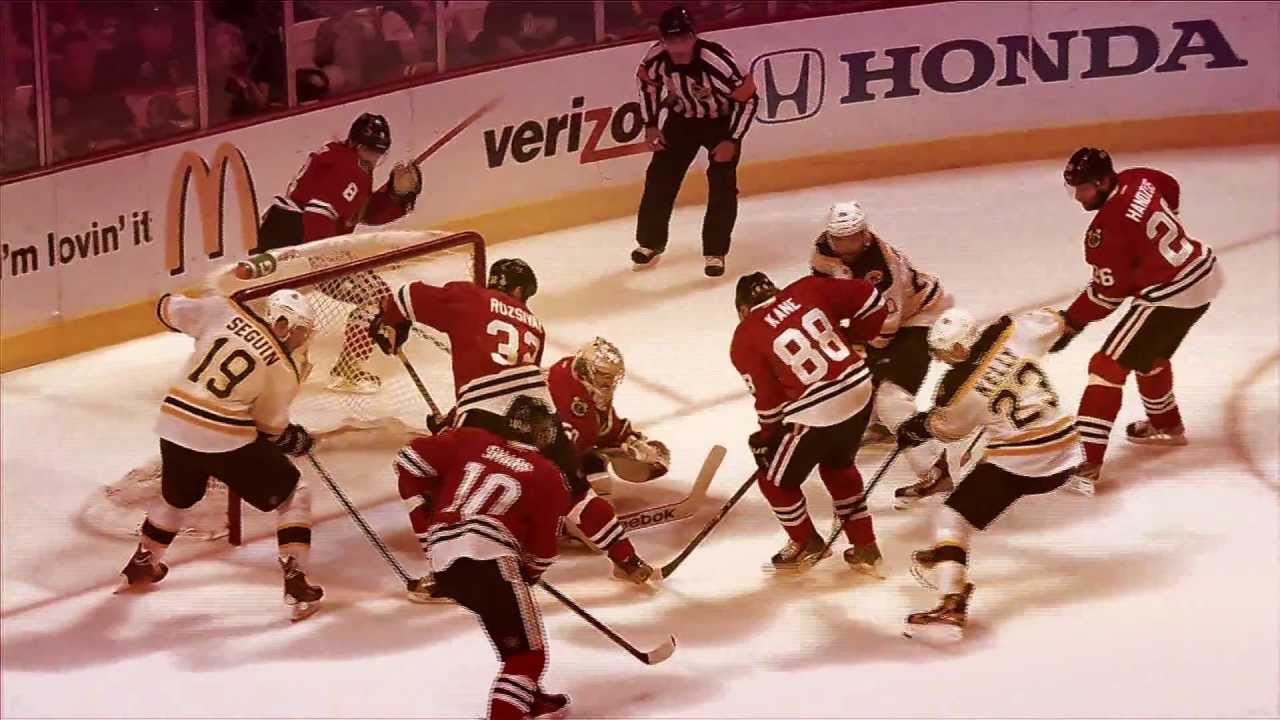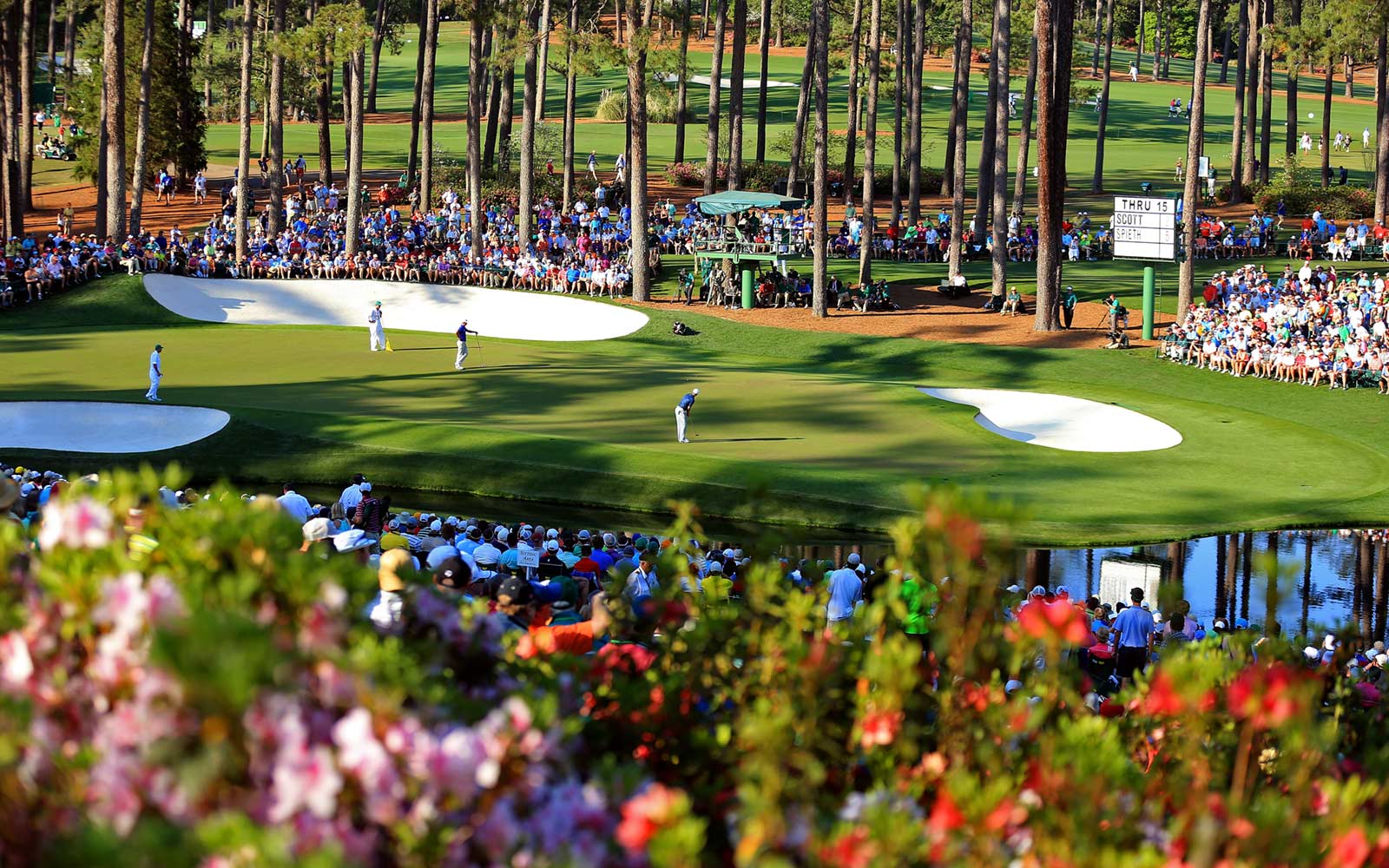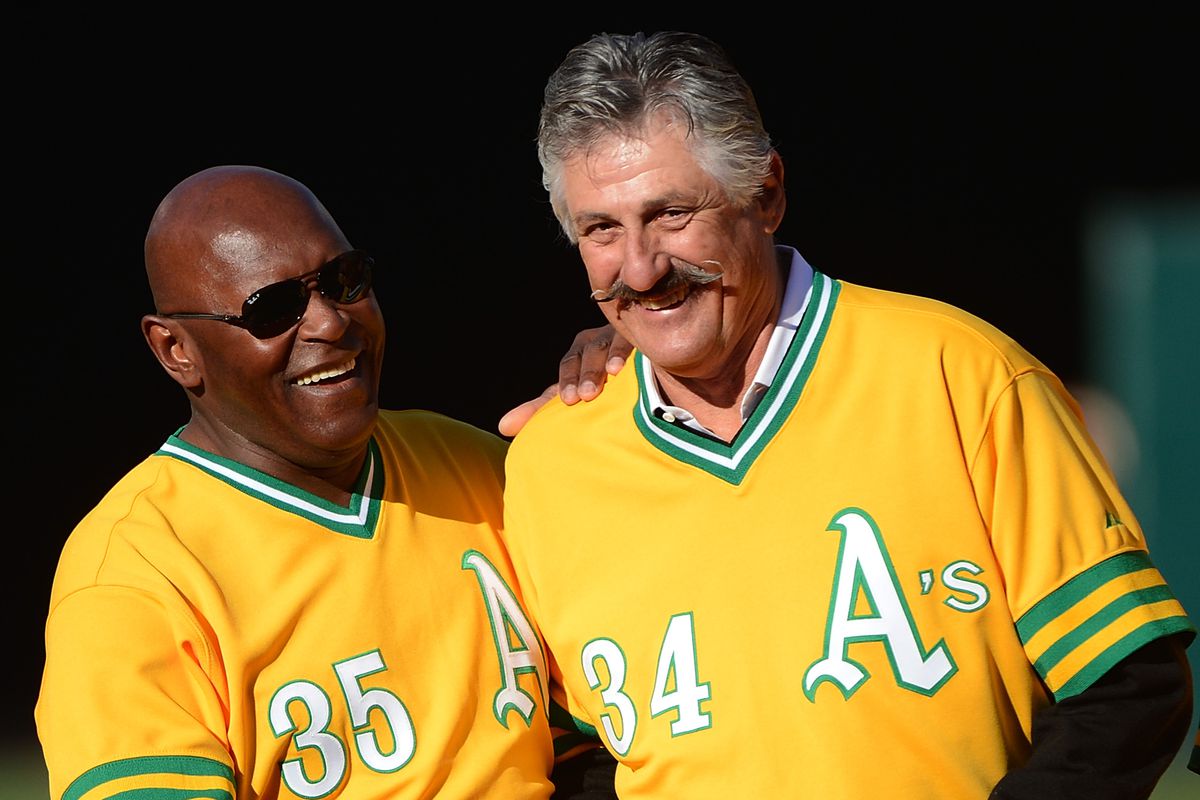The contemporary sport of ice hockey was developed in Canada and it is that country’s official winter sport. The Soviet national team was the best of all time in international play in the 1960’s and 70’s. In September of 1972, these two hockey superpowers collided for one of the most epic series the sport has ever seen.
The International Ice Hockey Federation [IIHF] created an annual international men’s tournament, called the World Championships, in 1920, and held its’ first three events as part of the Olympic Games, in 1920, ’24 and ’28. The first World Championships that were an individual event were held in 1930. Canada would send a senior amateur club team and won the gold medal in the first three Olympic Games tournaments and 11 of the first 13 IIHF World Championships. In fact, the Canadians were so dominant that, from 1920 to 1961, they won 19 gold medals in the World Championships and, between 1920 – 1952, won six of seven Olympic golds. In the early days of the Soviet Union, bandy, a game that uses a ball instead of a puck and features 11 players on each side, was played. The Soviets did not compete in the Olympics or World Championships, which played the “Canadian”, not “Russian”, game. Following World War II, the goal of the Central Committee of the Soviet Union was world supremacy in sport and it was determined that the U.S.S.R. would master the Canadian game. Club players were moved to the national team who were allegedly amateurs but in fact played hockey full-time and were paid by the government. Players became officers in the Russian army, thus maintaining their amateur status for Olympic and World Championship competitions and providing a career after their hockey playing days were over. The Soviets hired Anatoli Tarasov to put together a hockey program from scratch and Tarasov, who is considered “the father of Russian hockey”, led the U.S.S.R to their first Olympic gold medal in the 1956 Winter Games. He emphasized the philosophies that shaped the Russian game into what it is today- fast, graceful and non-individualistic, with an emphasis on skating and passing. Tarasov’s team lost the gold medal to the USA in the “Forgotten Miracle” Olympics of 1960 before reeling off gold medals in the next three Olympic tournaments, including the Winter Games held in February of 1972. Canada did not send a team that year in response to the IIHF’s opposition to allowing professional players at international competitions, a situation that would add to the drama of the Summit Series just seven months later. Under Tarasov, the Soviets also won nine straight World Championships and ruled international hockey.
1972 marked the height of the Cold War and tensions spilled into sporting competitions. On August 31 of that year, Bobby Fisher became the first American born in the United States to win the World Chess Championship, beating the Soviet Union’s Boris Spassky as the world watched and ending 24 years of Soviet domination. Ten days later, the U.S Men’s basketball team came into the final game of the Summer Olympic tournament against the Soviet Union having won the previous seven gold medals and putting up an overall Olympic record of 63-0 before losing the most controversial game in Olympic history, 51-50. Hockey Canada and the Soviet Hockey Federation met in April of 1972 during the IIHF World Championships to discuss a series, to be held under international rules, that would pit a Canadian team comprised of professional players against the Soviet national team in an eight game series to be played in September. The two sides agreed on the terms: four games in Canada, using IIHF amateur referees and four games in Moscow, using European referees. Team Canada selected former Boston Bruins’ coach Harry Sinden as head coach and former player John Ferguson as assistant. The event was to be called the Canada-U.S.S.R Series and would commence on September 2 at the Montreal Forum. The Canadian team was made up of NHL All-Stars, including co-captains Phil Esposito, Frank Mahovlich, Stan Mikita and Jean Ratelle. Team Canada was heavily favored and went into the series expecting to win handily. Harry Sinden said, “Canada is first in the world in two things: hockey and wheat” while NHL players’ union director Alan Eagleson stated, “ We gotta win eight games…anything else than an unblemished sweep of the Russians would bring shame down on the heads of the players and the national pride.” The Soviets claimed they were in the series to learn.
Peter Mahovlich scored for Canada in the first 30 seconds of play in Game One and Paul Henderson scored five minutes later, giving Team Canada a 2-0 early lead, but the faster and fitter Russian team came back to take Game One, 7-3. Game Two was played at Maple Leaf Gardens in Toronto and the Canadians evened the series with a 4-1 victory. Winnipeg played host to Game Three and the Canadians held leads of 3-1 and 4-2 before the contest ended in a 4-4 tie. The series moved to Vancouver for Game Four, where the Soviets built a 4-1 lead and won 5-3, making the series stand at 1-2-1. Team Canada was booed off the ice at game’s end and the series went on a two week hiatus before heading to Moscow for the second half. Game 5 saw more of the same, as the Canadians took a 4-1 lead into third period before giving up four straight Soviet goals to lose, 5-4. To make matters worse, four Canadian players returned home over lack of playing time while the heavily favored NHL’ers would have to win three straight to take the series. They won Game Six, 3-2, but not without incident, as Team Canada’s Bobby Clarke broke Russian star Valeri Kharlamov’s ankle with a vicious slash. Clarke later said, “I don’t know what I was thinking at all – it was an awful thing to do. It sure felt good.” Team Canada won Game 7, 4-3, to even the series at 3-3-1 and set up a decisive Game 8. Tensions were so high that Team Canada captain Phil Esposito said, “To me, it was war. There’s no doubt in my mind that I think I would have killed to win.” Much of Canada enjoyed an unofficial “half day” holiday to prepare for the final game, which was played in the evening and, at the time, was the most-watched sporting event in the history of Canadian television. The game was tied, 5-5, late in the third period and it appeared the Soviets were content to play to a draw, hoping to win the series by virtue of a greater goal differential over the course of the eight games. In the final minute of play, Paul Henderson found himself uncovered in front of the Soviet net and recovered his own rebound with 34 seconds left in the game to put the puck past the Soviet goaltender for the winning score. The greatest rivalry in international hockey had just ended with a Miracle on Ice for the Canadians as legendary announcer Foster Hewitt made the call that signified the number one where-were-you-when moment in Canadian sports history, “Here’s another shot. Right in front. They score! Henderson has scored for Canada!” Hall of Fame goalie Ken Dryden, who later became a member of Canadian Parliament, has called it “the one wholly Canadian event that has left a similar trail of memory”.
The 1972 Summit Series changed the way ice hockey was played throughout the world. On this date in 1972, Paul Henderson scored the winning goal in the decisive Game 8.









